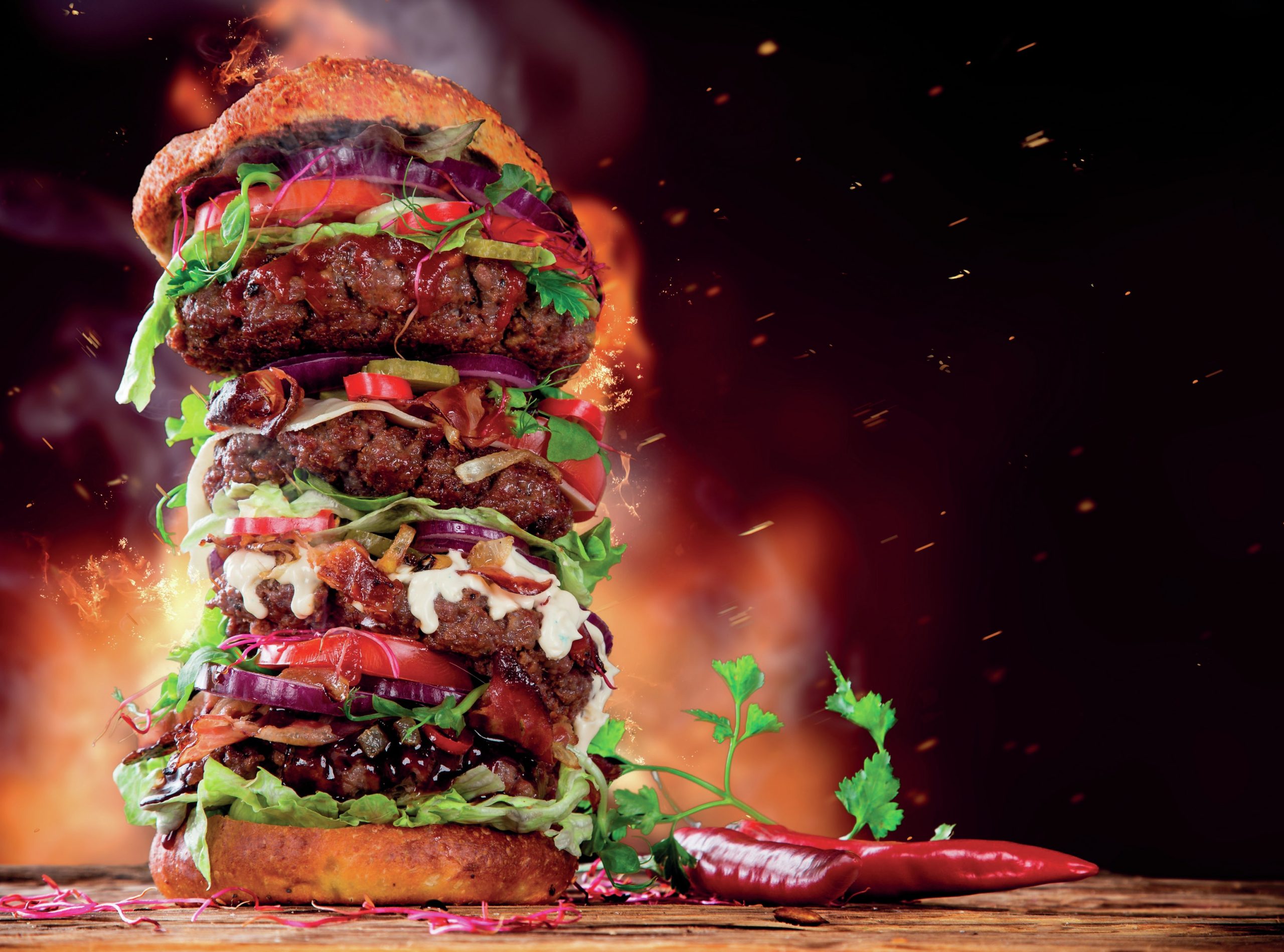
The rise of chains such as Leon, Five Guys, Shake Shack and Gourmet Burger Kitchen has shown how it is possible for new fast food firms to not only survive, but also carve out a profitable niche within a very competitive market.
As well as Porter’s strategies, this also links in with the theory of the product life cycle, as established mass market and fast food outlets have arguably reached maturity in terms of sales growth. Companies such as McDonald’s and Burger King have been growing steadily since the early 1980s, opening new stores at an average of 400 a year for the following two decades. However, the number of stores has arguably led to saturation within the US and UK markets, and while the companies have targeted emerging markets such as China and Brazil to further grow their brands in the first decade of this century, they have seen overall sales growth fall from around 4% to just under 1% in 2014.
Your organisation does not have access to this article.
Sign up today to give your students the edge they need to achieve their best grades with subject expertise
Subscribe




